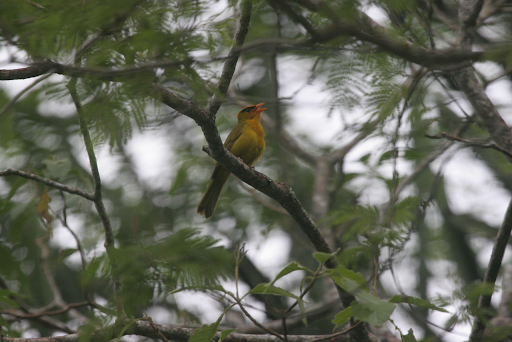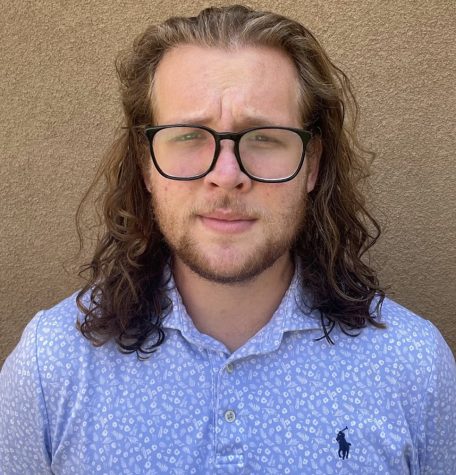
Professors and students at San Diego State have helped identify a new species and genus of a bird named the Inti Tanager.
The Inti Tanager is found in the Yungas region of Bolivia as well as southern Peru. The Inti Tanager is an intratropical migrant that resides in the deciduous forest during the rainy season and moves to the lower slopes of the Andes during the dry season. Inti is translated to Sun in the Quechua language which is representative of the bird’s bright yellow feathers.
This bird was first spotted around twenty years ago by researchers at Louisiana State University but genetic material capable of analysis was not captured until 2011. SDSU was asked to take part in the project as the Kevin J. Burns Lab at SDSU has an ongoing project studying the history of tanagers.
Kevin Burns Ph.D., ornithologist, and Professor of Biology led the lab at SDSU on identifying the genes of the Inti Tanager.
“Inti tanager. It reflects the local Quechua language, the color of the sun, and most birds sing early in the morning but this bird likes to wait until the sun’s out,” said Burns. “It just all fits really well together.”
The Inti Tanager has many distinct features and behaviors that demonstrate the need for a new species and genus.
“We feel like there are more differences in the song, the color and the DNA to go for a new genus classification,” said Burns. “One of the really weird things about it is this pink bill.”
The identification of a new genus is important as fewer than 10 new genera of birds have been described since the 1960s.
Biology fourth year, Audra Duffer, said she has confidence that this project could inspire students or “give hope”.
“It’s really cool to see this groundbreaking research at the hands of people I’m learning from,” said Duffer. “I think it provides a nice roadmap of things you can achieve at SDSU and potential of things you could do in the future.”
Lukas B. Klicka, a former master’s degree student at SDSU and current Professor at Peru State College who specialized in genetic analysis, extracted DNA from tissue samples of the Inti Tanager and worked on DNA amplification of small regions of the genome for this project.
Klicka said he believes, “cataloging diversity is important for a lot of different reasons.”
“There are ways in which organisms approach the world or solve problems in the world that are unknown to us and potentially usable to us. That whole process starts with being able to identify things,” said Klicka. “It’s hard to figure out ecological relationships if you don’t know all of the players in a particular system.”
Klicka believes this is one of the main reasons describing the Inti Tanager is important.
“There are some birds that do well around humans and some that do very poorly,” said Klicka. “If it is a bird that does very poorly around humans and also has a very important ecological role, it would be important to know that that bird exists and what functions it potentially plays in an ecosystem.”
Scientists believe that 80-90 percent of species are still unidentified according to ecologist and biologist Walter Jetz. With this many species yet to be described, Burns said he believes each species is important.
“Each one of those species is important as it could have some useful compound or product,” said Burns.“Things get selected for evolution so species have been solving these problems through evolution over millions of years and some of those problems could be engineering questions for us.”
Many species go extinct without ever being described by the scientific community. These species could hold the answers to some of the questions humans have been asking.
“There is a lot of habitat destruction, so It’s like we are burning down the libraries before we’ve even read all the books to see what’s in them,” said Burns.
The identification of the Inti Tanager has been backed by the National Science Foundation. This project involved researchers from Louisiana State, University of New Mexico, Harvard University and SDSU.
“If we want to care about the environment and keep it going, we have to know how it works. And how do we know how it works, well we need to know what all the pieces are,” said Burns.








